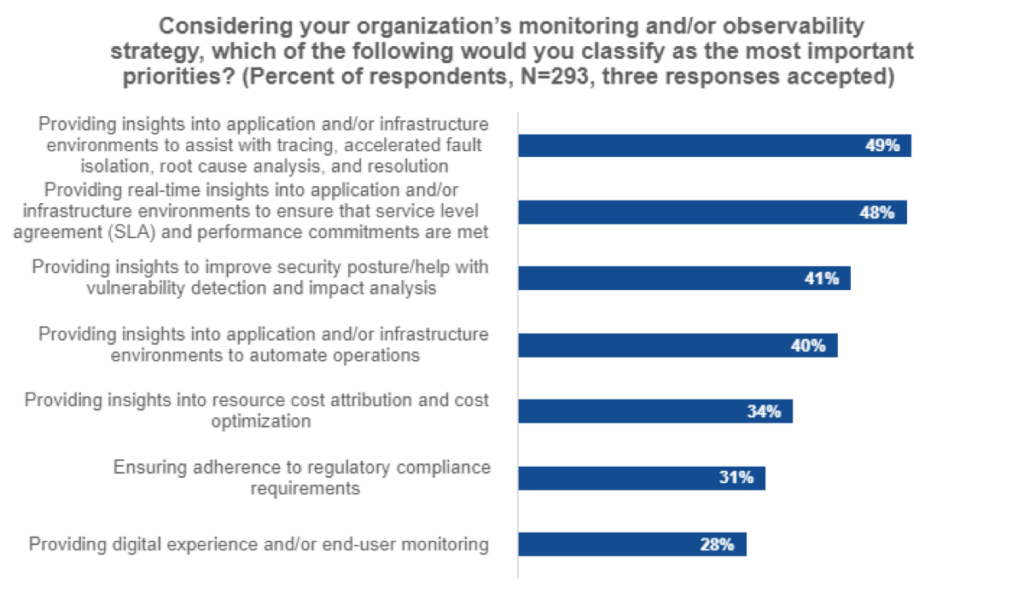Unleashing the Power of Observability: What Gigamon Provides
Observability tools offer powerful IT management solutions that can add value to organizations, but organizations often face challenges like data sprawl and limited network visibility, preventing them from getting the full value of their ongoing observability investments. I recently discussed these phenomena with Martyn Crew, Director of Solutions Marketing and Partner Technologies at Gigamon.
In that lively discussion, we considered how Gigamon adds a layer of network intelligence that provides a missing link to unlock the full potential of observability tools.

Diving Into Observability
Observability is the ability to measure the internal states of a system by examining its outputs. These are commonly referred to as telemetry data — metrics, events, logs, and traces (MELT). Response time is an example of a metric. An event is when a piece of work is done, such as creating a file or issuing an alert. Logs are logs, and traces are after-the-fact views of how an application works and, more importantly, where things might have gone wrong.
Many tools are available to provide observability at different levels, such as application-level, container-level, and even Linux kernel-level observability. Most organizations use several of these tools to account for different execution locations, including cloud, on-premises, and edge and application types, be they cloud-native, traditional, or hybrid applications that can span multiple infrastructure locations. There’s been some progress toward standardizing data collection at these levels with the adoption of Open Telemetry, a Linux Foundation specification for observability data collection, and eBPF-based approaches that tap directly into the Linux kernel activity to collect telemetry data.
The priorities driving monitoring and observability strategies vary widely between organizations and include infrastructure and security concerns, but nearly half (48 percent) consider two priorities to be among the most important: providing insights to assist with tracing, accelerated fault isolation, root cause analysis, and resolution, and providing real-time insights into application and/or infrastructure environments to ensure service-level agreement (SLA) and performance commitments are met.
The Pressure on IT for Operational Acceleration
According to ESG Research, IT operations teams have been under pressure to accelerate their operations by 25 to 100 percent over the last three years. Observability provides a lever that allows them to lower their key metrics (MTTx). When those metrics are business processes, like order taking at an online website, the value of observability is measurable and significant, which is why organizations are investing so heavily in observability.
The Value of Network Intelligence in Observability
Network intelligence provides data to security information and event management (SIEM) and observability tools to help organizations meet their observability priorities. Specifically, by providing deep insights into network traffic, Gigamon facilitates faster root cause analysis by observability tools while helping identify potentially suspicious traffic patterns, enabling SIEM tools to reach more efficiently.
Additionally, Gigamon filters and aggregates network traffic, delivering only relevant data to your SIEM or observability toolset, leading to faster analysis, improved performance, and less data sprawl — a growing problem in observability.
Integrating Gigamon network intelligence capabilities into observability and SIEM practices empowers organizations to unlock more potential from those toolsets. By taming data sprawl and gaining deep network insights, organizations can better achieve a holistic view of their IT environments, optimize performance, and enhance their overall security posture.
Featured Webinars
Hear from our experts on the latest trends and best practices to optimize your network visibility and analysis.

CONTINUE THE DISCUSSION
People are talking about this in the Gigamon Community’s Networking group.
Share your thoughts today








